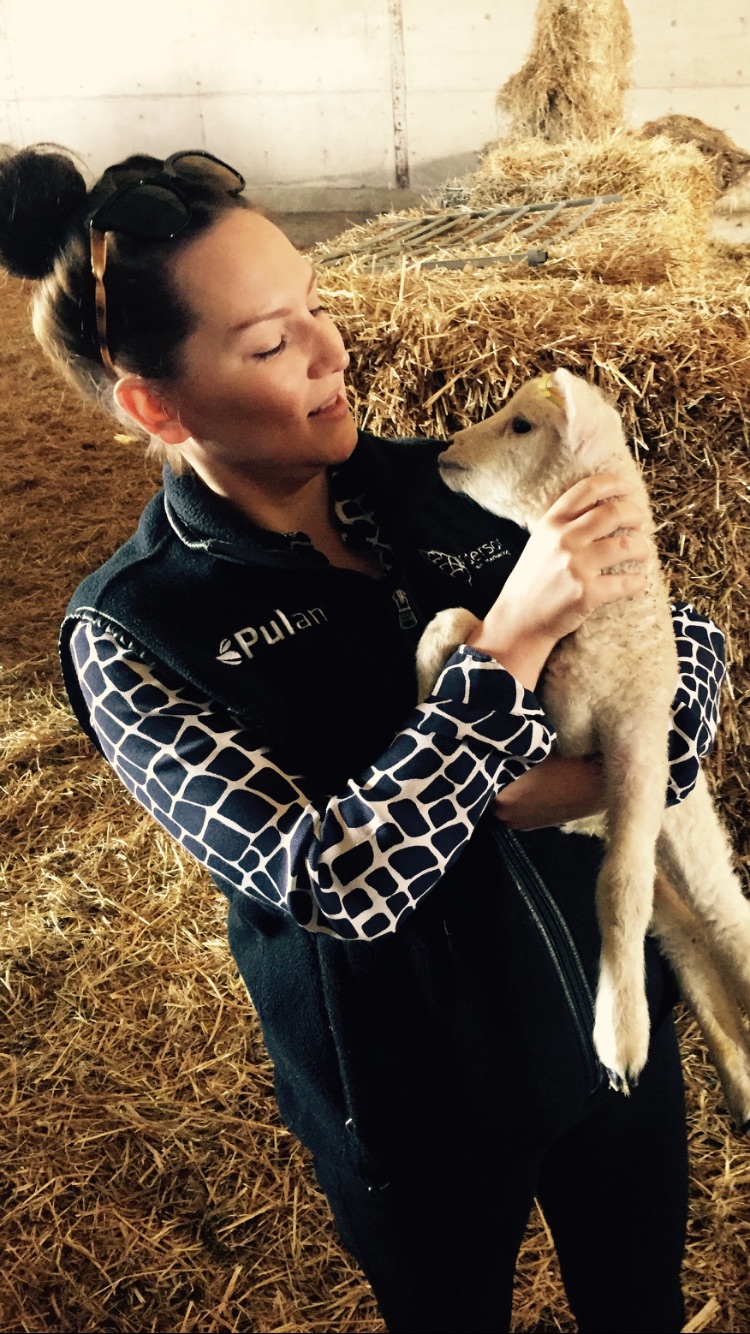HAPPY NEW YEAR
Posted by Anderson Grain Marketing on Jan 2, 2019 in AGM News | 0 comments
THIS MORNING’S LONDON LIFFE WHEAT FUTURES
- JAN 2019 – £172.60/T
- MAY 2019 – £178.70/T
- NOV 2019 – £162.00/T
- MARCH 2020 – £166.00/T
- MAY 2020 – £167.35/T
POUND vs EURO – 1.1077
Happy New Year to all our readers and whilst I will hold off from writing a full market report until next week, here is a quick update of some points worth noting as we head into 2019.
As expected, markets are subdued this morning as the trade returns to work and digests the latest currency updates, market fluctuations and Brexit news over the past week or so. As a result, end user demand is slim this morning for both old and new crop wheat.
Spot feed wheat is this morning valued at £173.00/T ex-farm, with £178.00/T ex-farm offered for June collection. £180.00/T ex-farm for June collection was offered just before we finished for Christmas, but the bulk of farm sellers were insistent that they would see what the New Year brings.
As for new crop, an indicated value of £150.00/T ex-farm for harvest is given but again, buyer interest is limited this morning.
Moving forward, I would expect that the trade will be monitoring the following over the next few days:
- Any Southern Hemisphere harvest updates – particularly from South America. The Australian harvest looks extremely poor, but this has been expected.
- Autumn planting figures throughout the Northern Hemisphere for this year’s harvest.
- Any Brexit developments and the increasing possibility of a “no-deal” scenario.
- The strength of the pound as the Brexit situation develops.
- Russian export figures – to what extent is the wheat supply slowing? (read on for more).
- The political situation between China and the US, particularly as South American soya supplies arrive into the market place.
Following a rapid start, Russian wheat exports are beginning to show signs of slowing down following weeks of speculation. The initial pace was considered to be “unsustainable” by the majority of the trade towards the end of last year but due to price competitiveness, commitments continued. However, according to local analytics there released just before Christmas, the export pace dropped in November and is forecast to have slowed further still in December. AHDB have added that “supplies located close to the ports are now being exhausted and the winter weather is hampering any grain transport from elsewhere”.
Last season (2017-2018), Russia exported a post-Soviet record of 40.4 million tonnes but with a smaller crop produced last year, Russia will struggle to surpass this figure despite the strong start. The latest forecast for Russian wheat exports this season is 35 million tonnes. If exports continue to slow, global prices elsewhere should theoretically firm.
Just before Christmas, DEFRA (as expected) have revised their estimated figure for UK wheat production this season to 13.953 million tonnes. The figure is 133,000 tonnes lower than the provisional estimate released in October and confirms that 2018’s crop is the smallest since 2013. Looking ahead, this could further tighten UK supply and demand this year depending on how the winter progresses weather wise and end user demand evolves this year.
AHDB have added that there are particularly stark drops in wheat output for Scotland, Eastern England, Yorkshire and the East Midlands. However, they have also added that whilst the crops in these regions are smaller, “any support to local prices due to a reduced supply may have been somewhat mitigated by the decline in demand from the bio-ethanol sector”. This has certainly been the case in Yorkshire since the closures of both Ensus, Teeside and Vivergo, Hull. On average, Defra believe production in Yorkshire to be down by 8% on last year. As for Lincolnshire, production is believed to be 5% down on last year.
Changes are also reported for other crops harvested in 2018:
- Winter barley – 2.68 million tonnes, 9.2% lower than 2017.
- Spring barley – 3.94 million tonnes, 6.5% lower than 2017.
- Oats – 860,000 tonnes, 1.7% lower than 2017.
- OSR – 2.07 million tonnes, 4.3% lower than 2017.
Looking ahead to this year’s harvest, the final results from the cropping intentions survey have confirmed the suspected increase in autumn planting this season. Broadly speaking, the results show an increase proportion of winter crops planted across most region, at the expense of both spring barley and OSR. Throughout the UK, the winter wheat area drilled is believed to have increased by 4% from the year previous, whilst winter barley has increased by 14%.
Judging by the amount of last-minute seed requirements in quite significant quantities, we expected that this would be the case, particularly given the excellent autumnal weather and the comparatively difficult spring conditions experienced over the past couple of years. Beyond Yorkshire, it appears that conditions elsewhere were also “too good not to drill” and with establishment rates excellent, UK grain supply could look very different this time next year.
